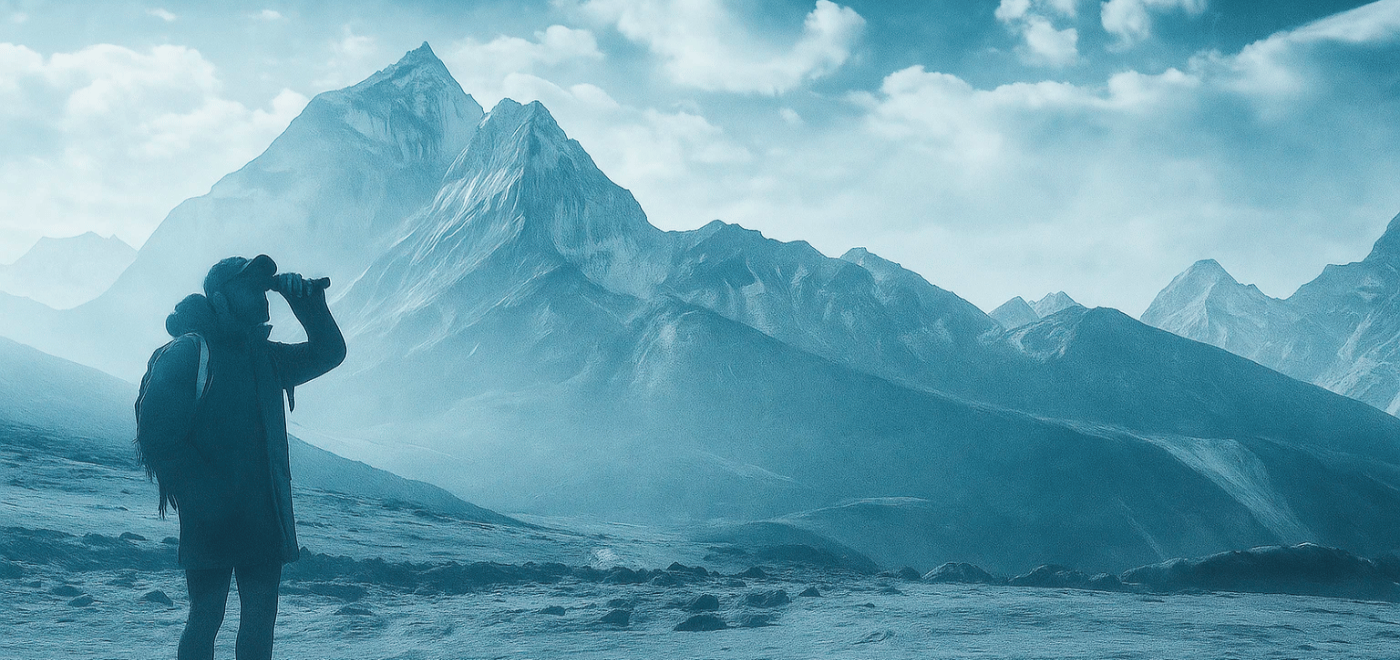
Nepal Opens 97 Himalayan Peaks for Free Climbing

Nepal Opens 97 Himalayan Peaks for Free Climbing
swotah travel
1520
14, 08 2025
Nepal has taken a big step to promote mountaineering in less-visited areas. The government has announced that 97 Himalayan peaks in Karnali and Sudurpaschim provinces will now be open for free climbing permits for the next two years. These peaks, located in the far western part of the country, offer some of the most remote and stunning landscapes in the Himalayas.
The decision is part of a new tourism strategy to attract more international climbers, reduce crowding on Mount Everest, and bring economic benefits to communities that have so far seen very little from Nepal’s mountaineering industry.
Why Is Nepal Doing This?
For decades, Nepal’s mountaineering industry has been focused on a small number of famous peaks, especially in the Everest and Annapurna regions. In 2024, Mount Everest alone accounted for 77% of all climbing permit revenue, bringing in millions of dollars for the government. By comparison, the far western peaks received almost no attention—only 68 climbers attempted them in the last two years.
By removing the government permit fees for these 97 peaks, the aim is to make them more appealing to climbers. Officials hope this will help spread tourism across the country, create jobs for local guides and porters, and give the far western provinces a chance to develop their own mountaineering economy.
Also Read: Best Peak Climbing Season In Nepal
Which Mountains Are Included?
The free climbing permit list includes peaks ranging from 5,870 metres to 7,132 metres high. This means there is a mix of challenging high-altitude climbs for experienced mountaineers as well as smaller, less technical peaks suitable for those with moderate experience.
Some of the notable mountains on the list are:
-
Saipal (7,030 m) – A striking pyramid-shaped peak known for its isolation and scenic beauty.
-
Api (7,132 m) – The highest peak in the far west, surrounded by dramatic ridges and glaciers.
-
Api West (7,076 m) – A neighbouring peak to Api, offering a challenging climb with fewer visitors.
These mountains are not only beautiful but also serve as training grounds for climbers preparing for bigger expeditions, such as Mount Everest. In fact, under Nepal’s new climbing rules, anyone attempting Everest will first need to have climbed a peak above 7,000 metres, making some of these free peaks ideal preparation climbs.
Changes to Other Climbing Fees
While these 97 peaks will be free for two years, the government is also increasing fees for other mountains to manage demand and raise revenue from the busiest routes.
-
The Mount Everest permit fee will rise from USD 11,000 to USD 15,000 starting September 2025.
-
Permits for other smaller peaks (outside of this free list) will also increase from USD 250 to USD 350, depending on altitude.
The idea is to use pricing to spread out climbers across different parts of the Himalayas, reducing overcrowding in the Everest region and encouraging more people to explore new areas.
Opportunities and Challenges
The free climbing permit policy offers a big opportunity for adventure tourism in Nepal’s western Himalayas. For climbers, it’s a chance to explore remote mountains that are rarely visited and often unclimbed. For local communities, it could mean more income from guiding, accommodation, and other tourism services.
However, there are challenges too. These peaks are far from Kathmandu, and reaching them often requires a flight plus several days of trekking just to get to base camp. The infrastructure—such as lodges, roads, and reliable transport—is still limited in many areas. Even though the permit fees are waived, the overall cost of an expedition will still include guides, porters, equipment, insurance, and food, which can be significant.
Tourism experts say that to make this policy successful, Nepal will need to improve infrastructure, train more local climbing guides, and promote these peaks internationally so that more climbers know about the opportunity.
What This Means for Climbers
For experienced mountaineers, this is a unique chance to climb Himalayan peaks with fewer crowds and no government permit fees. Many of these mountains are still relatively unknown in the global climbing community, meaning climbers could make first ascents or take on routes that have only been done a few times before.
For less experienced climbers, the smaller peaks offer a way to test themselves at high altitudes while enjoying some of Nepal’s most beautiful and untouched landscapes. The cultural experience in the far west—home to diverse ethnic groups, traditions, and remote villages—adds to the adventure.
View: Saipal Himal Peak Climbing - Swotah Travel
Swotah Travel & Adventure – Your Gateway to the Free 97 Peaks
At Swotah Travel & Adventure, we see this as a golden opportunity for both seasoned mountaineers and curious explorers. Our “Free 97 Peaks Expedition Program” is designed to make the most of this two-year window, offering:
-
Full expedition logistics – transport, permits, guides, and porters all arranged
-
Experienced climbing leaders familiar with the far western region
-
Custom itineraries for both training climbs and challenging first ascents
-
Cultural immersion through village stays and local festivals
-
Safety-first approach, with proper acclimatization and backup plans
📩 Contact Swotah Travel & Adventure today to start planning your expedition. Be among the first to climb these remote Himalayan peaks—where the adventure is as big as the mountains themselves.
NEWSLETTER SIGNUP
Sign up to receive our trip ideas and travel offers!
Get updates and Exclusive Offers up to 20% Discount








